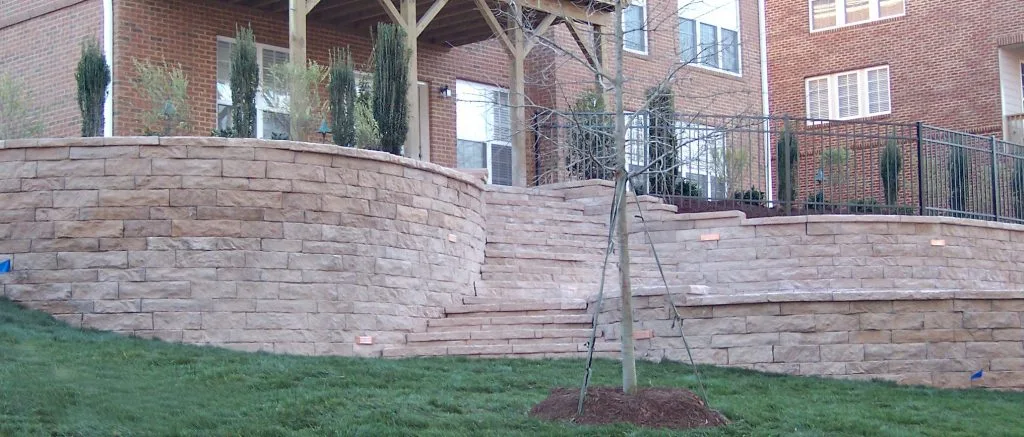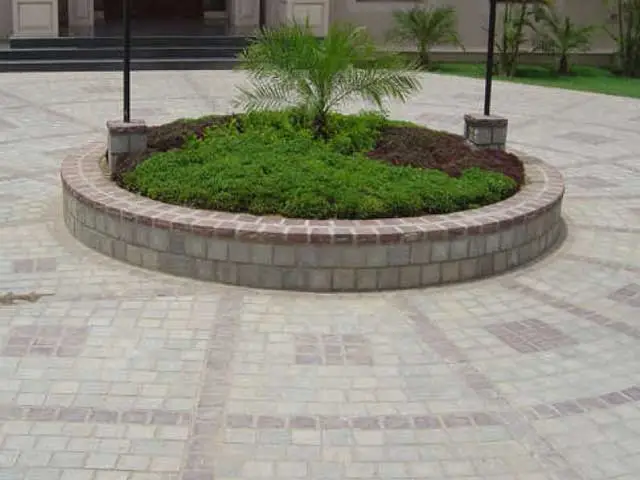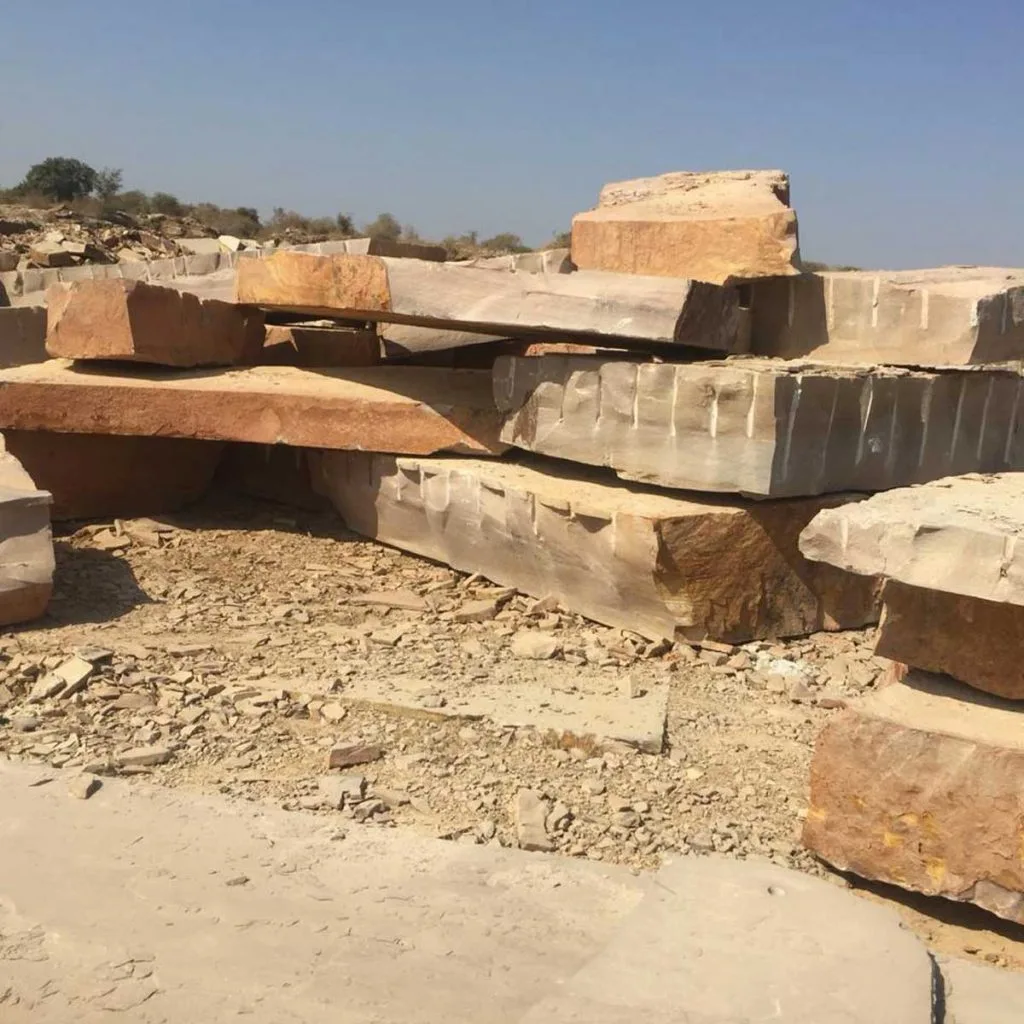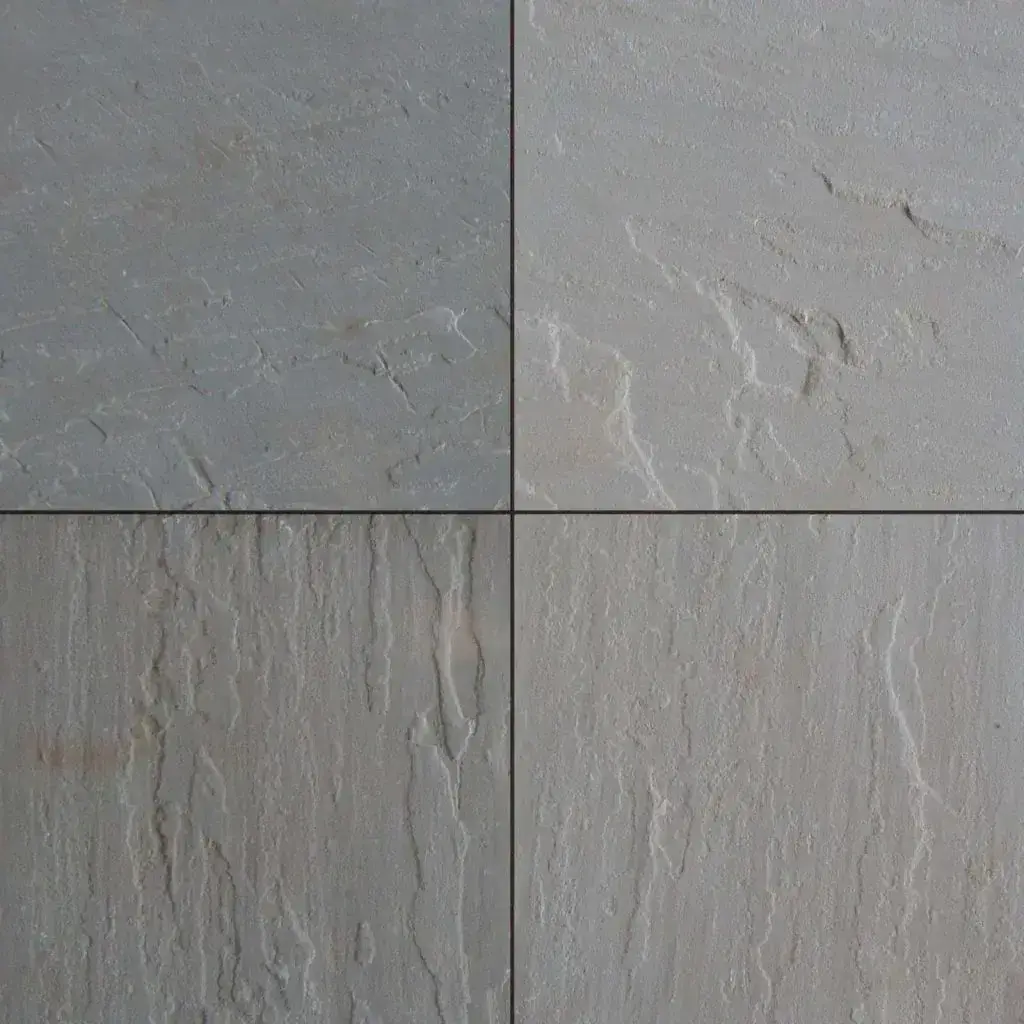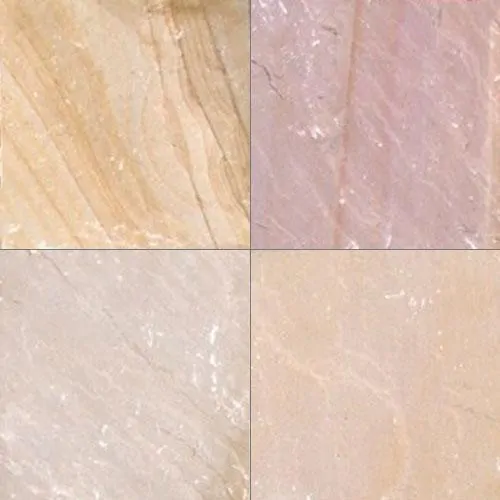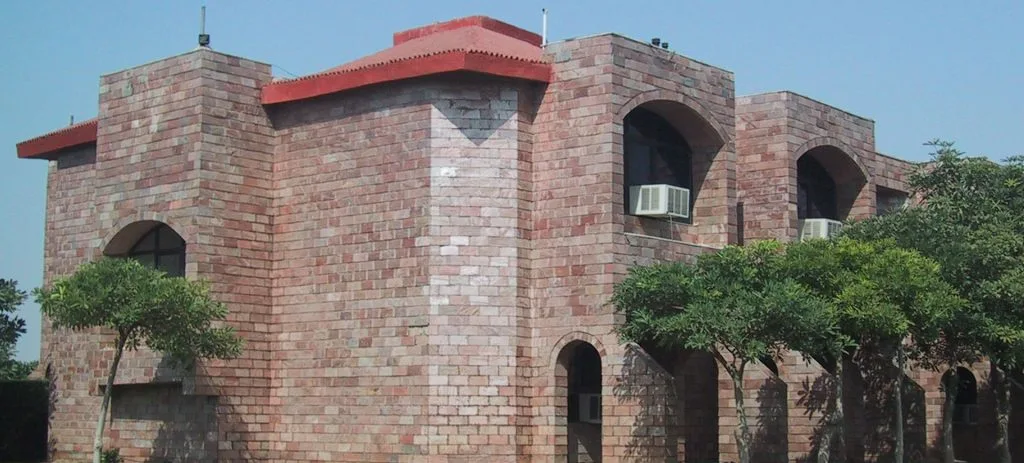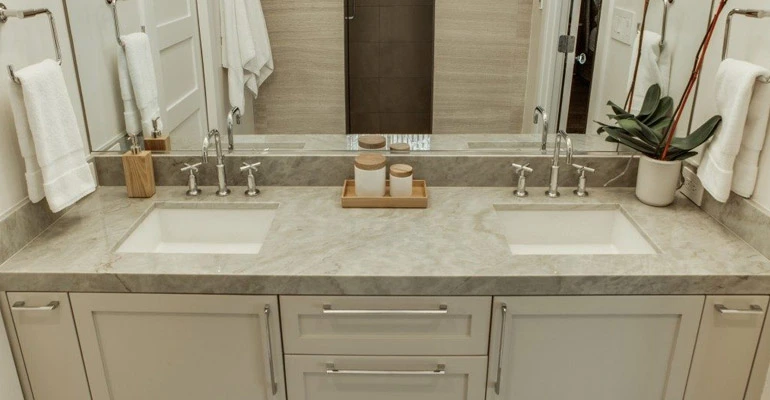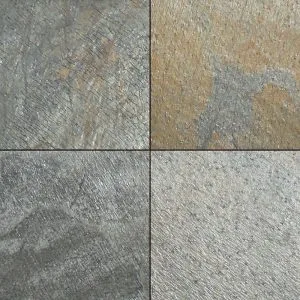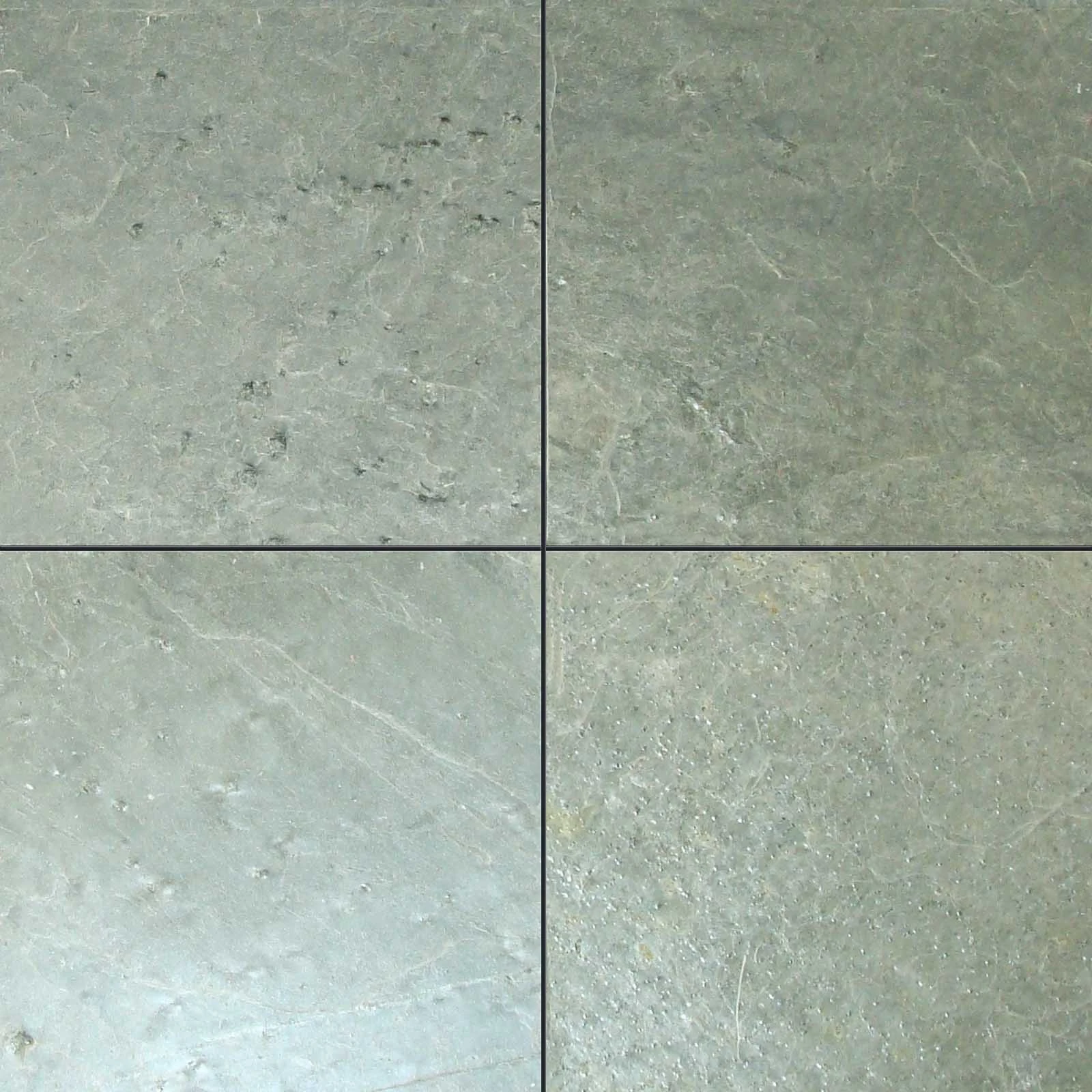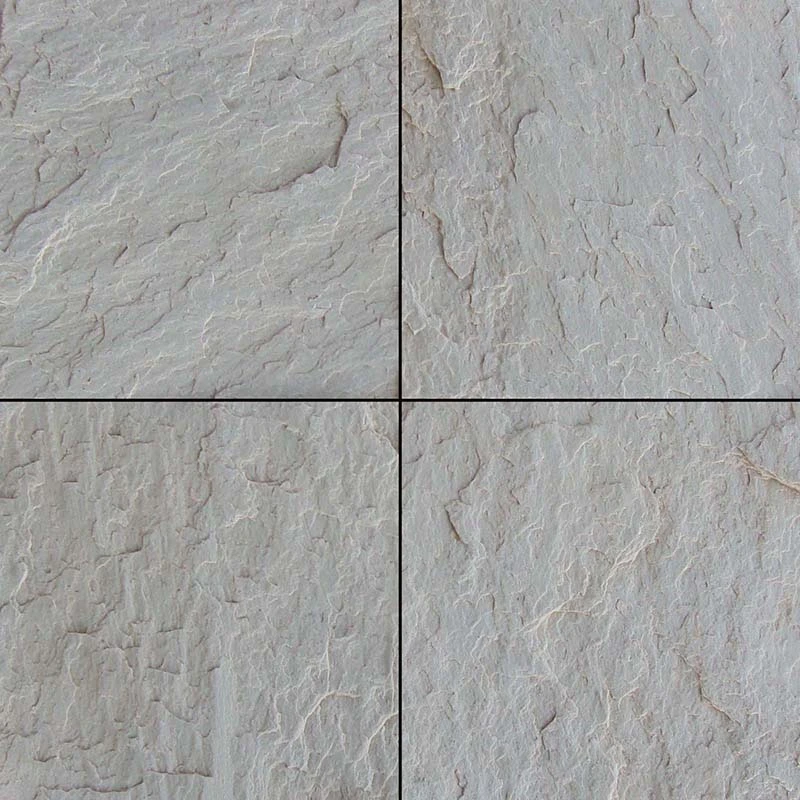Though the use of natural stone is quite prevalent in all parts of the world, the recent reports on the natural stone imports in the UK reflect the prominence of natural stone in its architecture. In the year 2020, the total value of stone imports in the UK stood at 440,000,000 which was slightly lower than that of the 2019 figure. The main reason behind this decline can be attributed to the onset of the coronavirus pandemic which affected the marble suppliers and global economy badly.
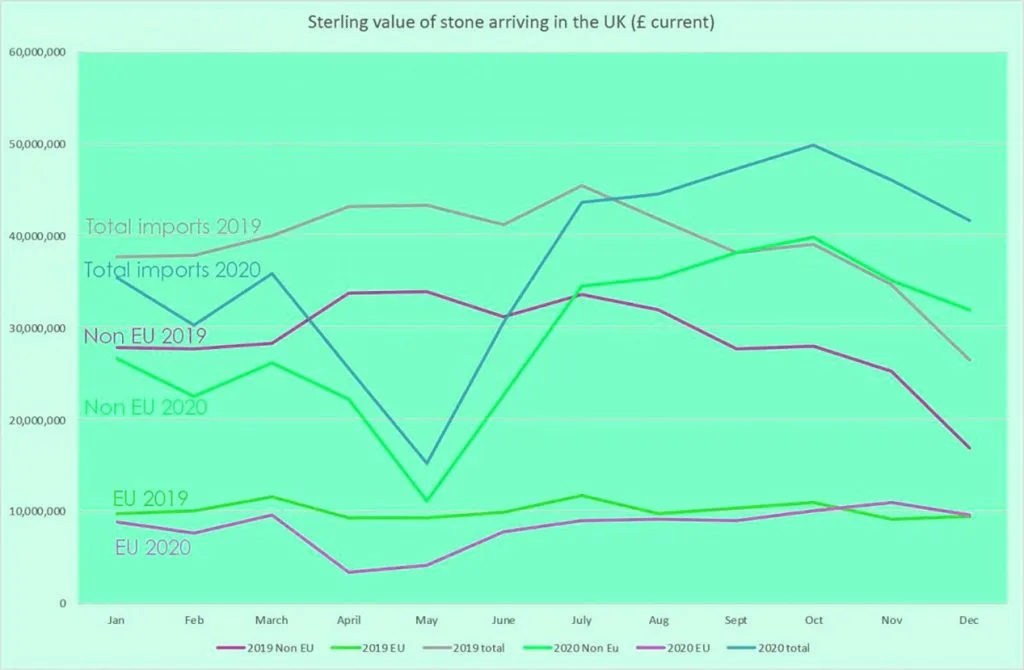 Overall, the value of UK stone imports has been facing an upward trend since the year 2012. There was some unwillingness about adopting projects LIVE towards late 2015 and the first half of 2016 as the survey in the UK on the exit of the European Union loomed. Since the outcome was proclaimed that the UK was to exit the EU after the vote on 23 June 2016, assurance seems to have come back to the market, even though the result was quite surprised by a majority of people. Stone firms were quite engaged in the summer and autumn of 2016 and 2017. 2020 was the Brexit transition year which also witnessed the onset of the Covid-19 pandemic.
Overall, the value of UK stone imports has been facing an upward trend since the year 2012. There was some unwillingness about adopting projects LIVE towards late 2015 and the first half of 2016 as the survey in the UK on the exit of the European Union loomed. Since the outcome was proclaimed that the UK was to exit the EU after the vote on 23 June 2016, assurance seems to have come back to the market, even though the result was quite surprised by a majority of people. Stone firms were quite engaged in the summer and autumn of 2016 and 2017. 2020 was the Brexit transition year which also witnessed the onset of the Covid-19 pandemic.
 Source:- Statista
Source:- Statista
The graph given above, shows the worth of imports and arrivals at the existing prices and the volume, which are from figures produced by HMRC, mainly from VAT returns. Just trade (imports and, from Europe, arrivals) are kept in books. A large portion of stone (and a still increasing proportion), by volume and value, is sourced from India and China. Other major areas that source stone in the UK include Turkey and, progressively, the Middle East and North Africa, particularly Egypt.
As the coronavirus pandemic has been showing the signs of weakening the world over, the UK’s economy is slowly gaining back its usual momentum. This also pushed the demand for natural stones in the UK as both commercial construction and residential construction activities resumed throughout the country. And when it comes to choosing the most reliable source of authentic natural stones, marble suppliers from the Indian subcontinent emerge as the foremost choice of architects, construction contractors, builders, and homeowners in UK.
Below is the volume of worked and unworked marble imported in the UK.
How to import marble and other natural stones in the UK
When it comes to importing superior quality natural stones from India, the stone buyers need to follow a well laid-our procedure, which is defined below:
- Submit an application to get an EORI number – It doesn’t take more than 3 working days to get the same
- Choose the most appropriate commodity code for the products being imported, which may require you to make an application for a BTI ruling. Since this is a time-consuming process, so plan accordingly.
- Verify if you are thought to receive an import license for your goods, and submit an application if required
- Prepare for transport logistics – usually done via using sea, air, or road haulage expert
- Specify your goods to the customs department– or hire a freight forwarder or customs broker to do this task
- Pay the respective duty or VAT before the items get released by customs authorities
- Considering the import of the said product/s, one may be permitted to afterward retrieve a part or complete

India is known to have the second biggest reserve of natural stones in the world with 15% of the total natural stone deposits, which stands at nearly 46.23 billion cubic metres, according to a report by FIGSI. In regard to the global natural stone trade, Indian stands at the fourth position.
Now, let’s take a look at the overall natural stone market size of the Asia-Pacific region.
The global natural stone and marble market size was standing at USD 57.48 Bn in the year 2019 and is expected to hit USD 62.58 Bn by 2027, exhibiting a CAGR of 7.57% during the forecast period.
A large quantity of natural stone is being utilized in the construction sector across the UK– for wall cladding, interior decor, hard landscaping, and roofing. The numbers given here are inclusive of memorials. There was a surge in the worth and volume of stone that came in the UK from other regions in 2008, shadowed by a reduction after the economic downfall and then a comeback to growth, although the prices being submitted for the same have tumbled significantly.
The worth of stone being imported in the UK is measured in sterling prices at existing values (ie the exchange rate at the time the value was noted). The decline in the worth of sterling of 20% and more against leading foreign currencies just after the Brexit survey vote in 2016 will evidently have increased these prices, however, anecdotally, marble suppliers slowly conceded those surges on rather than increasing prices by the complete amount directly. Overseas natural stone suppliers also took some of the impacts, so the prices of stone came to the UK were not directly much higher.
India emerges as the most sought-after source of high quality natural stones in the UK. Most sandstone exporters, limestone suppliers, marble exporters feature all trending natural stones in a variety of colours and finishes. Some of the widely exported natural stones from India to the UK are:
Yellow Mint Sandstone
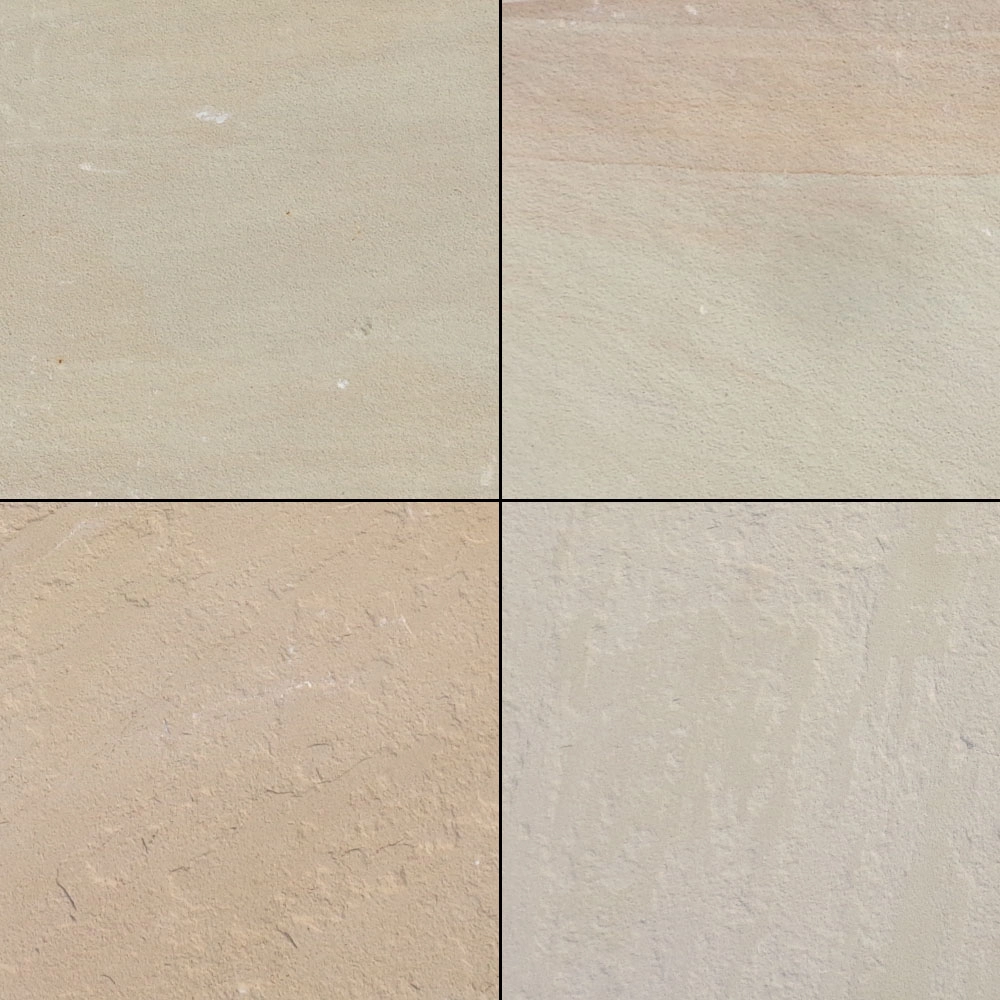
Autumn Brown Sandstone

Kota Brown Limestone
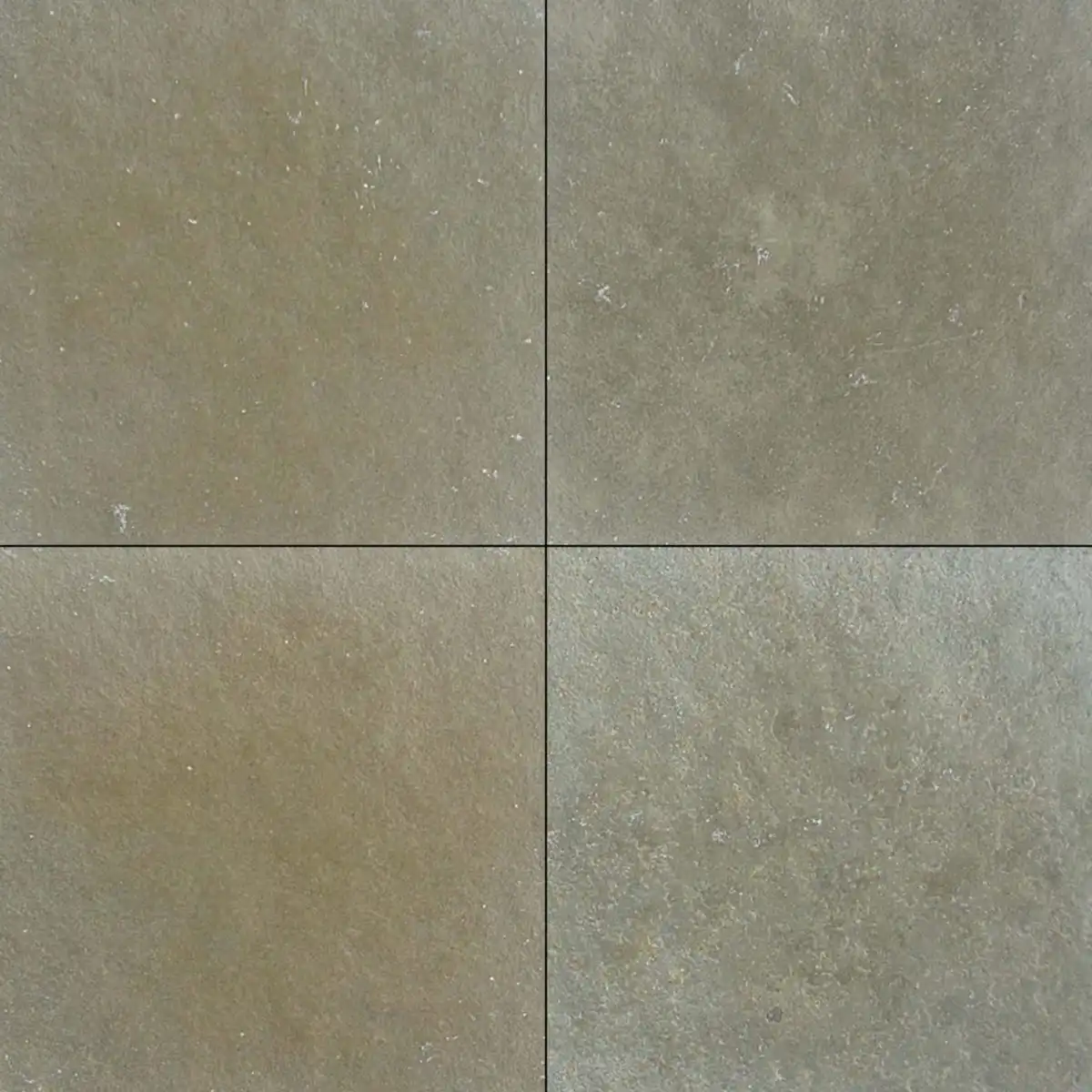
Lime Black Limestone
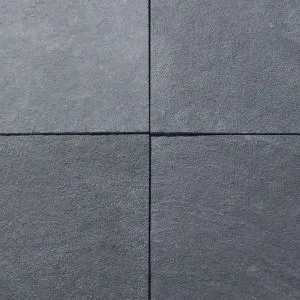
Yellow Rustic Slate

Jak Multicolor Slate
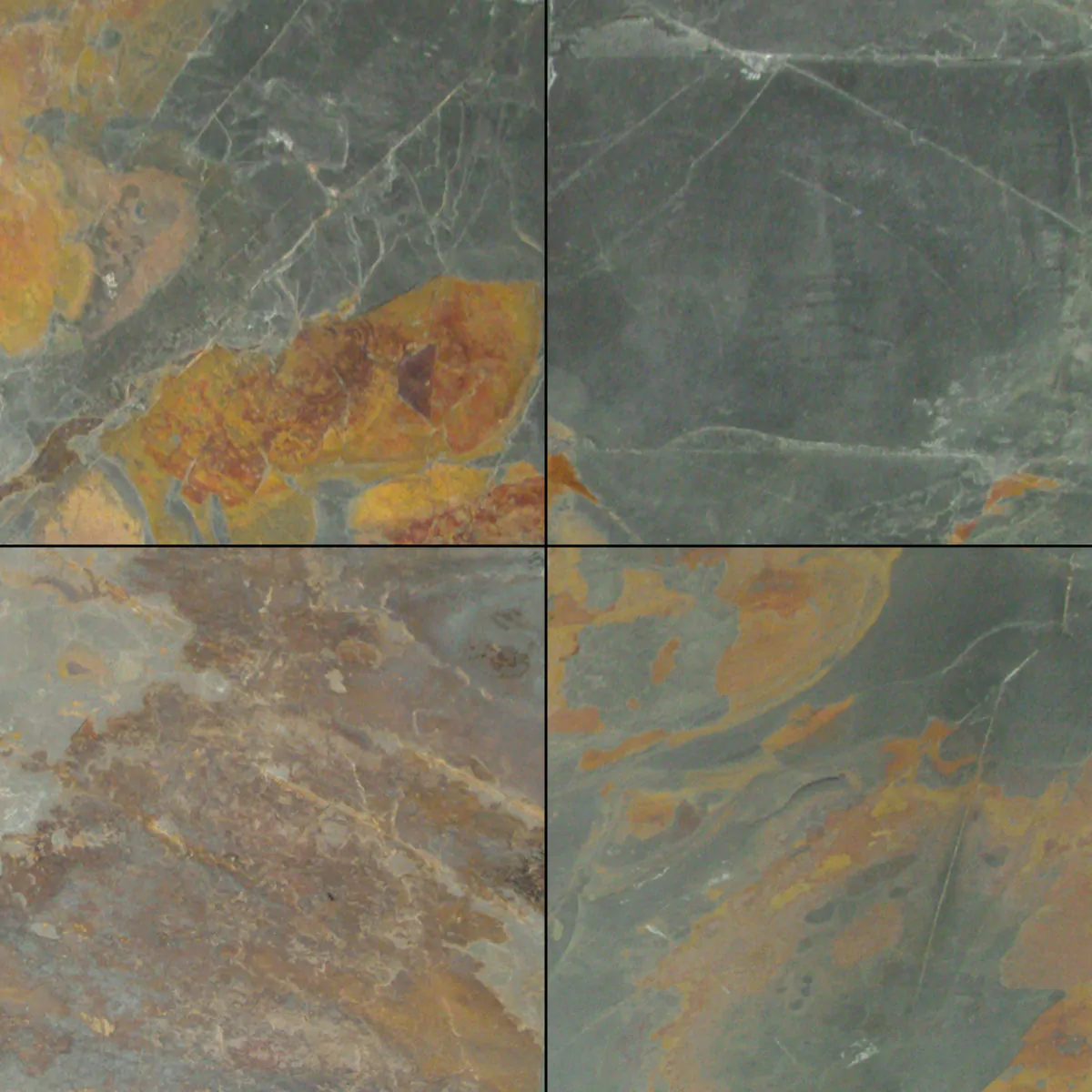
Many marble exporters in India have been offering better quality stones than their Chinese products and that too at highly competitive rates. This gives Indian natural stone exporters an upper hand in the industry. For architects, construction contractors, builders, resellers and even homeowners, there is no other better choice than consulting Indian sandstone and marble suppliers and exporters for their relevant needs.

